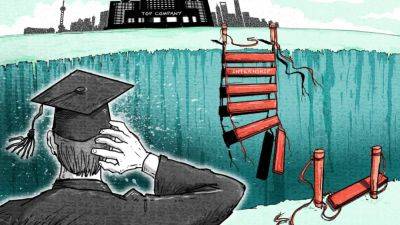Why Trump should bring back the gold standard
Former president Donald Trump has talked a lot about inflation in his presidential campaign. Moreover, his campaign has spoken about the importance of keeping the US dollar as the world’s primary reserve currency.
Yet he has said nothing about reforming the US Federal Reserve and the American monetary system. Surprisingly, the most fundamental of all reforms – returning the US to the gold standard – would likely be within his executive authority if he is elected president again.
Wrongly, gold has been subject to years of criticism. Under the classical, pre-1914 gold standard, the US became an economic colossus.
By the turn of the 20th century, the US economy was bigger than the next three economies – Germany, France and Britain – combined. Economic growth was higher and inflation was practically non-existent.
Similarly, the quarter century under the Bretton Woods gold exchange standard – despite much higher marginal tax rates – saw higher growth with lower inflation. If the post-1971 economy had continued to grow at the rate it grew under Bretton Woods, it would be 20 times larger (about $5 trillion) today.
The previous gold systems broke down due to mismanagement. World War I saw nations suspend the classical gold standard. During the war, many financed their spending by printing money, creating inflation.
After the war, some experienced hyperinflation. Others returned to their pre-war exchange rates, requiring sharp deflations. The international nature of the gold standard spread deflations across countries.
The resulting economic contractions were so severe that almost all countries on gold, including the US (in 1933, under Franklin Roosevelt) devalued against it.
Recoveries generally began soon after devaluation. The







